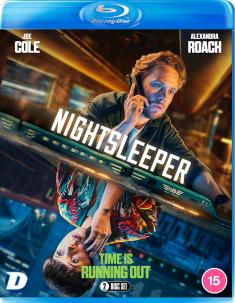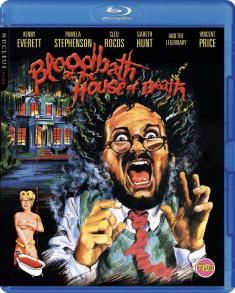SSX
Overview -
Looking back, it’s hard to believe that 12 years have passed since the first SSX game was released as a launch title for the PlayStation 2. Since then, the gaming community has evolved quite a bit. Popular franchises have come and gone, with some notable revamps failing to catch ground. The extreme sports sub-genre, which was once a saturated market, also hasn’t been heard from much as of late. Perhaps that’s a sign of the times, or just a lack of quality; both ideas can be debated. Regardless of circumstance, one thing is for sure: EA Sports is hoping that it can wow longtime supporters, as well as a new generation of sports game enthusiasts, with a series revamp that is simply known as SSX.
Video Review
Our world is a beautiful place, and mountain ranges happen to be one of its most incredible wonders. SSX does them great justice, delivering a beautiful game that is colourful, detailed and visceral. The stark, white snow reacts like it should, showing impressions from specific movements. It would have been nice if more light flurry activity was shown, but that happens to be a minor gripe.
Every mountain range has its own feel and identity, which is made much more evident by the use of slightly different colour schemes and the addition of special objects. It happens to be those environmental inclusions such as protruding great walls, a snow covered pipeline and a forgotten rollercoaster, which really add character to the rocky slopes. Of course, their primary function is to provide exciting things to trick off of, which is an area where this game excels. Each slope includes various different routes to be taken, each with its own hidden wonders.
When a new member of Team SSX is introduced, it’s done using a motion comic design. They’re all well drawn, but they happen to be somewhat uninspired. It’s too bad that the development team hadn’t come up with a better idea to showcase each boarder’s personality. Conversely, the in-depth cutscenes that detail new environments are very stylish with impressive fidelity.
Audio Review
Sound is a major facet of this experience, as it heightens the sport’s immersion factor, while adding some style. Since you’re speeding down gigantic mountains at incredible speeds, a lot of attention was paid to making the wind sound right. It does, much like the other quality sound effects, which are used to replicate standard maneuvers. Since this is an arcade experience, extra emphasis was notably added. That emphasis is not employed during the game’s somewhat limited voice over segments, which feature a mixture of exaggerated humor and stark realism, the latter coming from its helpful helicopter pilots.
Music, both licensed and original is used for great effect, in order to add the aforementioned style element. Songs from multiple genres are featured on a customizable soundtrack, which includes artists such as Skrillex, Foster the People and Noisia. A neat remixing system is employed, in order to make those tracks change depending on what the player is doing. Grinding, for example, will create skipping noises, while daunting air will be exemplified through volume and effect changes. This design works well, although it did glitch at one point, effectively removing all environmental sound effects before freezing.
Before SSX was released, this console generation lacked a quality snowboarding game. Now, it has one that comes close to being exemplary. EA Canada has done a commendable job, by creating an SSX experience which feels contemporary, while still maintaining the series’ core essence that so many of us fell in love with over a decade ago.












